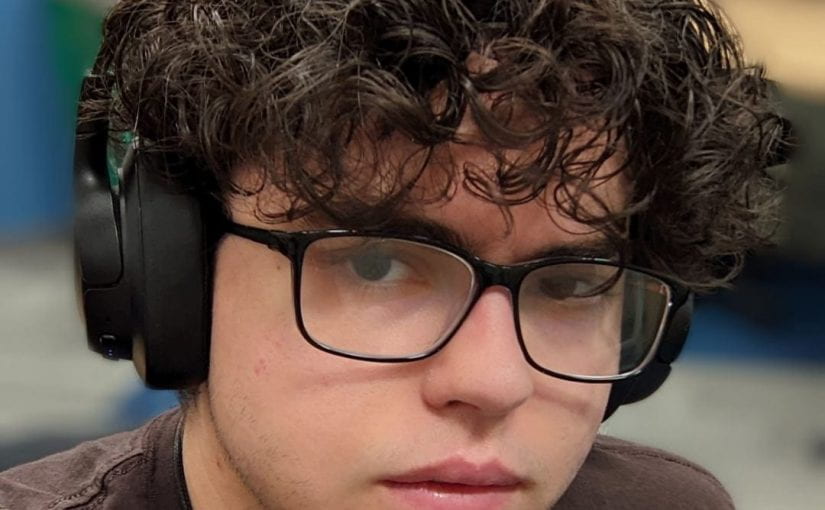My name is Jasper Scelsi. I am a 26-year-old master’s student of Physics and a lab instructor at Towson University. I also teach Python, Java, and C++ to high schoolers in a virtual classroom. I was born and raised in Maryland, and only lived outside of Maryland for about 1½ years when I went to live in the Midwest. I grew up in the northeastern-most corner of Harford County, which is extremely rural, extremely straight, and extremely white – in my entire middle and elementary school, there were only three students belonging to racialized groups. I am bisexual, and there was only one other gay guy that was out in that same group. I also grew up extremely poor and am a first-generation college student. From the injustices I faced as a bi man, I began to see more injustices around me and wanted to fight against them, going to protests and doing community outreach and doing my best to extend empathy. I worked in digital accessibility for a few years which led me to the fight for equity and disability rights. I am a student ambassador for APS-IDEA, the American Physical Society Inclusion, Diversity, and Equity Alliance, which aims to help with the admission and retention of underrepresented minorities in Physics. I’ve been to many workshops and discussions focused on centering the voices of the oppressed. I want to put those to good use.
This science communication blog intends to explain astronomy in an accessible manner. I aim to explain concepts in a way that can be followed by all. Frequently astronomy is taught very visually, but this excludes the blind community. Explanations are also often plagued with jargon and technical terms, which excludes people who are just beginning to learn these things. I aim to create a space that can help everyone learn.
